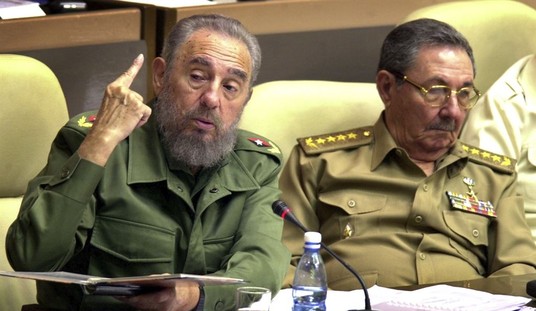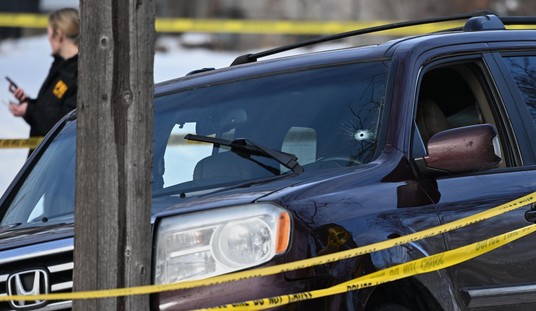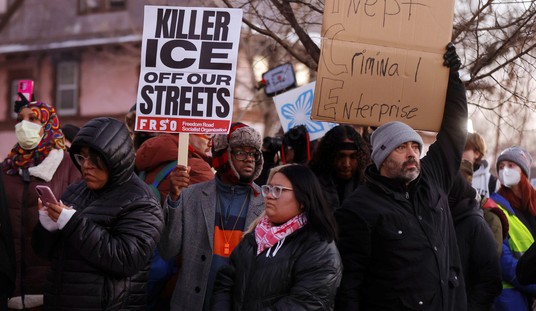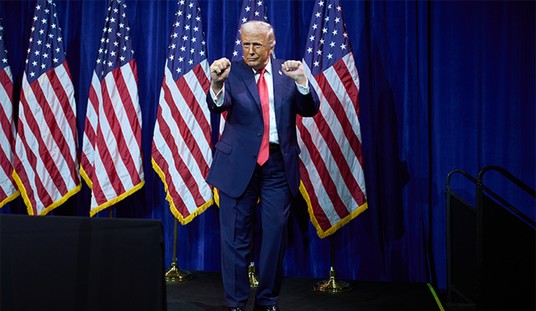A more complete assessment of the two huge holes in the ground that used to be the Natanz and Fordo nuclear facilities is ongoing, but what we know is that two major questions about Iran's nuclear program have been answered.
The first question was whether or not the Highly Enriched Uranium (HEU) that the Iranians had spun up to 60% purity survived the massive attack by the U.S. and Israel. Rafael Grossi, the secretary-general of the International Atomic Energy Agency (IAEA), believes that the HEU had been moved prior to the attack. Grossi thinks that the bulk of the nuclear material was stored at the atomic research facility at Isfahan. The U.S. hit the site with dozens of Tomahawk missiles, closing off many entrances and exits while destroying most of the laboratories that could turn the HEU into a weapon.
But the Israelis believe that the HEU is now buried under thousands of tons of rubble and is practically inaccessible to the Iranian government.
Even more importantly than the lost HEU, Israel, the U.S., and the IAEA believe that almost all of the 18,000 advanced centrifuges that spun up uranium 238 into fissile material were either destroyed or badly damaged. This is a catastrophic loss for Iran and was probably the basis for Donald Trump's assessment that the Iranian nuclear program had been "obliterated."
How much the nuclear program was set back isn't really the question. Without centrifuges, protected facilities, and labs to continue research into bomb making, Iran's nuclear program has essentially been pushed back to square one.
It took Iran 10 years to build enough centrifuges to make building a bomb a practical endeavor. It won't take it that long now since it has much more advanced designs for the centrifuge machines that spin at supersonic speeds to create the HEU. But the timeline is still a question of years.
Israel says it began planning an attack after seeing unmistakable signs that Iran was racing to build a bomb.
The official said Israeli intelligence picked up the nuclear weapons activity soon after the Israeli Air Force killed Hassan Nasrallah, the longtime leader of Hezbollah, the Iran-backed militia in Lebanon. That observation prompted the Israeli prime minister, Benjamin Netanyahu, to prepare for an attack with or without U.S. help.
In the days surrounding Israel’s attack on Iran in mid-June, and President Trump’s subsequent decision to join in the action, U.S. intelligence officials said they had seen no evidence of a move by Iran to weaponize its stockpile of near-bomb-grade uranium. The United States struck two of Iran’s most critical enrichment sites with 30,000-pound bunker-busting bombs and aimed a barrage of submarine-launched Tomahawk missiles at a third site, where the fuel could be converted for use in weapons.
The Israeli official said the evidence gathered about the secret program — which the official did not describe in any detail — had been fully shared with the United States.
Since 2005, the CIA has been insisting that Iran gave up its nuclear weapons program in 2003 and never restarted it. It maintained that fiction for 20 years, as each succeeding National Intelligence Estimate (NIE) predicted Iran was a decade away from building a nuclear weapon.
Meanwhile, Israel believed in 2005 that the CIA analysis was ridiculous.
Israeli intelligence officials estimate that Iran could be capable of producing enriched uranium within six months and have nuclear weapons within two years. Earlier this month, head of Israeli military intelligence Maj. Gen. Aharon Ze’evi said that while Iran was not currently capable of enriching uranium to build a nuclear bomb, “it is only half a year away from achieving such independent capability if it is not stopped by the West.”
Even the Iran-friendly chief of the IAEA at the time, Muhammad ElBaradei, thought Israel was right.
IAEA chairman Muhammad ElBaradei on Monday confirmed Israel’s assessment that Iran is only a few months away from creating an atomic bomb.
If Tehran indeed resumed its uranium enrichment in other plants, as threatened, it will take it only “a few months” to produce a nuclear bomb, El-Baradei told The Independent.
The U.S.-Israeli attack on Iran's nuclear facilities was not only one of the most devastating and successful U.S. military operations this century, but it also removed a serious threat to the U.S. and the Western world.










